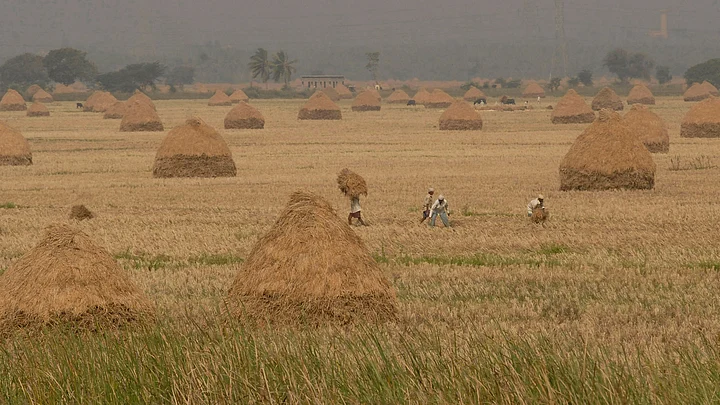A group of American students, led by an Indian, has developed a low-cost way to improve the yield of agricultural produce for the farmers and reduce the use of fertilisers in Telangana through de-silting of ponds.
A group of students from here in a year-long study in Telangana have found that silt from ponds reduces the use of fertilisers by 36% and increases the crop yield by nearly 50%.
– The University of Michigan
The idea for the project started with Adithya Dahagama, a graduate student in the University of Michigan Natural Resources and Environment School.
Dahagama, whose father is a farmer in the region, worked with the Hyderabad-based non-profit organisation on a similar project before coming to the university.
There’s been no comprehensive study conducted to see if silt application worked, and what were the successes.
– Adithya Dahagama, dual degree student at SNRE and Ford School of Public Policy
The ponds, which were built in Telangana around the 13th century, store rainwater from monsoon season and form an intricate part of farming in the area. Over time, silt has been filling the ponds, reducing their capacity, he said in a statement issued by the university yesterday.
Most of the desilting of the ponds happens during the summer months when the tanks are dry. With a mix of manual and mechanical means, the silt is dug out and then transported on tractors to the nearby fields.
The most striking finding is that it reduces greenhouse emissions from less fertiliser use by 50-to-90%.
– John Monnat, graduate student, University of Michigan Taubman College of Architecture and Urban Planning
Local officials have noticed the results. Last year, the Telangana government introduced Mission Kakatiya – a large-scale programme to de-silt 46,000 ponds over the next five years. The impact will be felt across 11,000 villages and will affect 21 million villagers, the university said.
(At The Quint, we question everything. Play an active role in shaping our journalism by becoming a member today.)
